It’s an ongoing debate, dishwasher VS handwashing dishes, and it’s reasonable to question it since there are so many variables included in both that make them less or more efficient and cheap.
Here’s what we have to say about it by comparing the costs o every variable possible and more.
IN THIS ARTICLE:
Costs Per Wash: Detergent, Water, Energy, Money, Time
Every resource included in washing dishes is gonna determine how efficient washing dishes is. Although it’s generally said that dishwashers are more energy-efficient, you can make handwashing more efficient as well Although when compared, a dishwasher is always gonna cost less if you take out the initial buying cost.
Detergent
Dishwasher: 2 teaspoons to 3 tablespoons per wash (also dependent on how dirty your dishes are, water hardness level, and detergent type)
Handwashing: 1-2 teaspoons
Detergent Cost: 15 dollars/5 dollars


Water
Dishwasher: 3.5 to 4.2 gallons on an average per a load of dishes
Handwashing: 15 gallons on an average per load of dishes
Water Cost – Dishwasher: $0.00656 to $0.014 per cycle
Water Cost – Handwashing: $0.036 to $0.108 per load
Energy
Dishwasher: 1.8 kWh per 1 hour/ 3.6 kWh per wash on average
Handwashing: Can’t Be Determined
Energy Cost Per Cycle On Dishwasher: 0.13 cents per kWh
Monthly Price – Dishwasher: $11.25 bill.
Monthly Price – Handwashing: 15 dollars – only if you use an electric water heater


Money
Dishwasher: 19 cents per load, $3.63 per month, $40.54 per year (With an average 18 loads per month of use)
Handwashing: 40 to 50 cents per batch, $13.5 per month, $162 per year (with the average once everyday wash)
Time
Dishwasher: Loading Time – 5 – 10 minutes, Wash Time – 45 minutes to 4 hours depending on the cycle
Hand Washing: 30 – 60 minutes per load of dishes
So, Is It Better To Use A Dishwasher Or Wash By Hand?
It most certainly is if you simply look at the cost of electricity and water per wash, you’ll quickly realize that it’s a bargain to run your dishwasher daily. It saves time as all you have to do is load the dishes and turn them on, and most definitely saves on the amount of water used. Energy prices do vary by state but the average is 10.42 cents per kWh which isn’t a lot.
How To Save Energy/Water/Money With A Dishwasher?
In 2003, the US department of energy set a minimum efficiency standard of 2.3 kWh. In the 1970s, there was a boom in dishwasher use and today, 60 – 65% of households own a dishwasher. Still, even though most dishwashers are way more energy efficient than handwashing dishes, there are so many available models on the market that it’s easy to get confused.
Energy Star Rated Dishwashers
If you can, look for dishwashers rated high on the energy-star rates scale. The ratings are based on performance and how much the dishwasher spends. An energy-efficient dishwasher will run at the same level as its non-rated counterpart whilst using less electricity and water to do so.
Running A Cycle
Each cleaning cycle of a reliable dishwasher will spend a different amount of water per load of dishes. Here’s a summary of the gallons of water used per cycle on the most popular dishwasher today since manufacturers are always adding new cycles constantly
- Normal – 2.7 – 7.9 gallons
- Light – 2.7 – 7.9 gallons
- Tough – 6.2 gallons
- Rinse Only – 2.4 gallons
- Express Wash – 6.2 gallons
- Sani Wash – 1.2 – 6.2 gallons
- Hi-Temp Wash – 0 – 3 gallons
- ProWash – 3.8 – 7.7 gallons


Eco Cycles
Most of today’s dishwashers have an eco cycle available and there are even eco dishwashers available. The way it works is that it heats less water to a lower temperature that’s still enough to efficiently wash your load of dishes.
Loading The Dishwasher
Believe it or not, there is a proper way to load a dishwasher to max out on just how many dishes you can put inside and how well they’re cleaned. The summary of it would be to load from the back to front, and to place bigger items vertically but at an angle.
Cleaning The Dishwasher
Regular cleaning should include cleaning out the filter, spray arms, and the inside and outside walls while you’ll have to clean a drain less frequently. Doing these things regularly will help with cleaning dishes efficiently every time and will cut down on professional maintenance periods and costs.
Scraping Instead Of Pre-Rinsing
With newer dishwashers, it’s completely unnecessary to pre-rinse your dishes as most are made to clean better with dishes that are not pre-rinsed. If you still need it, you can scrape off the larger food debris left on your dishes.
How To Save Energy/Water/Money By Handwashing
Although no matter what you do, you’ll always end up spending more water to clean dishes, there is a way to greatly reduce water wasted if you don’t have the money or simply don’t wish to buy a new dishwasher. A simple change in how you clean the dishes can also help make handwashing dishes cost-efficient.
How To Handwash Dishes Efficiently
1 Basin Sink Method
- Scrape the food into a trash can or garbage disposal
- Fill the sink with about an inch of hot water and some dishwashing liquid
- Start by cleaning flat water and build your way up to dishware, pots, and pans.
- The water should fill up enough to leave you with enough water to clean the bigger pieces
- Rinse and leave dishes to dry


2 Basin Sink Method
- The scrape of leftover food
- Fill one basin with hot water and some dishwashing liquid and the other one with clean cold water
- Place dishes in the hot water basin, and leave to soak if needed
- Start scrubbing clean with a sponge from smaller items to larger items not putting sharp knives in, of course
- Dip the items into the clean water and leave to dry
- If and when needed, replace some of the clean water with fresh new water
Dish soap Use
It’s recommended to use 1-2 teaspoons of dish soap for hand washing dishes. Too many bubbles will require you to rinse dishes longer to thoroughly get rid of any detergent residue
Installing An Aerator
A faucet aerator will help you prevent too much running from the faucet without actually disrupting the flow. They’re cheap, only cost around 3 to 8 dollars, and are also easy to install.
To Wrap It Up
Although dishwashers are more efficient in every aspect presented except for maybe dishwashing tablets, the first-time cost of a dishwasher can be expensive for many. Luckily, you can still care for the earth and your water and electricity bills even when handwashing dishes, it’s just about making it a habit of washing efficiently.





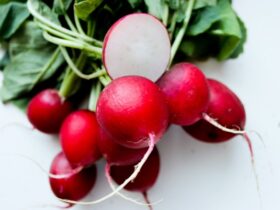
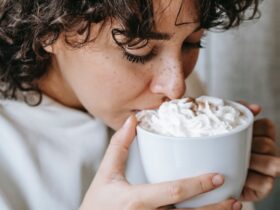

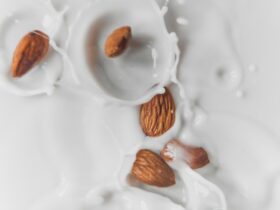


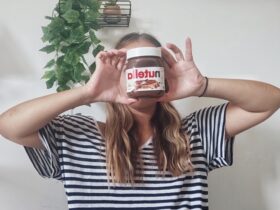

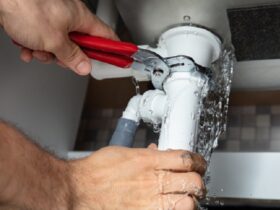


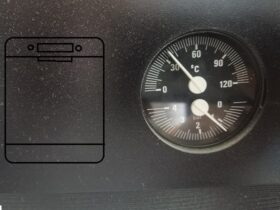
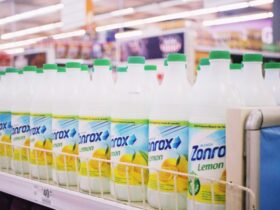
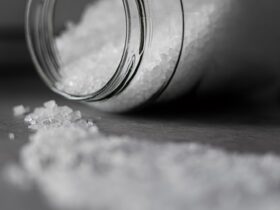

Leave a Reply